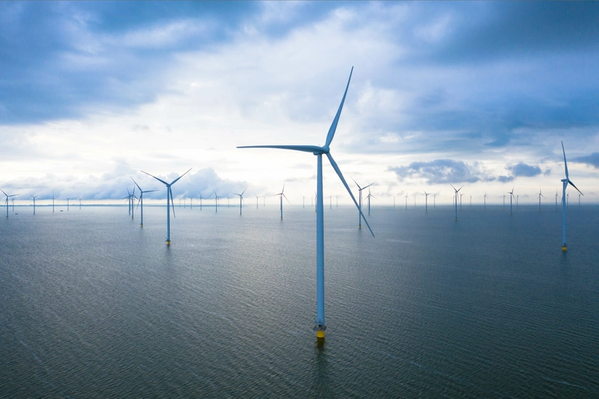
Germany, Belgium, the Netherlands and Denmark on Wednesday pledged to build at least 150 gigawatts (GW) of offshore wind capacity in the North Sea by 2050 to create a "green power plant" for Europe.
But the task will be challenging as the European wind supply chain is struggling to make money and the pace of build-outs is being slowed by long permitting times.
Some 150 GW would be enough to power 230 million European homes but the ambition is also to use the green power to make hydrogen and green fuels for heavy industries and transportation which cannot easily be directly electrified, Danish business minister Simon Kollerup said.
The declaration will be officially signed later on Wednesday at an offshore wind summit in Denmark, where the European Commission's President Ursula von der Leyen and German Chancellor Olaf Scholz are among the participants.
The European Commission also unveiled a 210 billion euro plan for Europe to end its reliance on Russian fossil fuels by 2027, and to use the pivot away from Moscow to quicken its transition to green energy.
The Commission targets 300 GW of wind at sea by 2050 up from the roughly 16 GW currently installed.
Denmark's Climate and Energy Minister Dan Jorgensen told Reuters the cost of installing 150 GW of offshore wind power would amount to hundreds of billion of dollars and would be financed mainly by private investors with small state subsidies.
If the target is met, it would be an almost tenfold increase in the European Union's offshore wind capacity, and the promise comes as the bloc tries to wean itself off planet-warming fossil fuels and its dependency on Russian energy.
"The answer my friend, is literally blowing in the wind," Jorgensen told an audience at the port of Esbjerg, used by top wind turbine makers Vestas and Siemens Gamesa.
(Reporting by Stine Jacobsen; Editing by Angus MacSwan and Ed Osmond)



